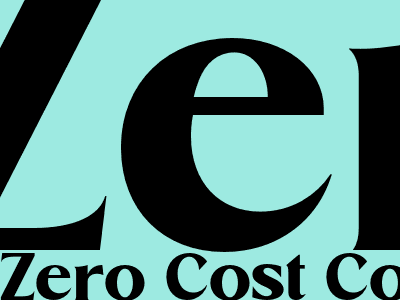The Zero Cost Collar: A Comprehensive Guide
Introduction
In the realm of options trading, the zero cost collar is a versatile strategy that combines a protective put option and a covered call option to potentially generate income or hedge against market risk. This strategy is designed to limit potential losses and generate premiums while maintaining a neutral market position.
Components of a Zero Cost Collar
Put Option
The put option grants the holder the right, but not the obligation, to sell a specified number of shares at a predetermined price (strike price) on or before a certain date (expiration date). In a zero cost collar, the put option is typically purchased out-of-the-money, meaning the strike price is below the current market price, acting as protection against potential market downturns.
Covered Call Option
The covered call option grants the buyer the right to buy a specified number of shares at a predetermined price on or before a certain date. In a zero cost collar, the call option is typically sold in-the-money, meaning the strike price is above the current market price. By selling the call option, the trader receives a premium, which offsets the cost of the put option purchased.
Benefits of a Zero Cost Collar
Limited Downside Protection
The put option purchased in the collar provides a downside buffer against market declines. If the stock price falls below the strike price of the put option, the option can be exercised to sell the shares at the strike price, mitigating potential losses.
Premium Income Generation
The covered call option sold in the collar generates a premium for the trader. This premium can offset or even exceed the cost of the put option, potentially resulting in a net credit for the trader. However, it also limits the trader's potential upside.
Neutral Market Position
The zero cost collar effectively creates a neutral market position, as the trader holds both a long position in the put option and a short position in the call option. This allows the trader to benefit from premiums while maintaining minimal exposure to market fluctuations.
Limitations of a Zero Cost Collar
Limited Upside Potential
By selling the covered call option, the trader limits their potential upside. If the stock price rises above the strike price of the call option, the trader's profit potential is capped at the difference between the strike price and the call premium received.
Obligation to Sell Shares
If the covered call option is exercised, the trader is obligated to sell the specified number of shares at the strike price, regardless of the current market price. This can result in a forced sale at a less favorable price.
Fees and Commissions
The implementation of a zero cost collar involves transaction fees and commissions, which can reduce the overall profitability of the strategy.
How to Implement a Zero Cost Collar
1. Determine the desired strike prices for the put and call options. 2. Calculate the net premium received by subtracting the cost of the put option from the premium received for the call option. 3. Monitor the stock price and option prices throughout the life of the strategy. 4. Adjust the collar as needed by rolling the options to different strike prices or expiration dates.Conclusion
The zero cost collar is a versatile options strategy that can provide income generation, downside protection, and a neutral market position. However, it is essential to understand the limitations of the strategy and monitor it closely to maximize its effectiveness.

Komentar